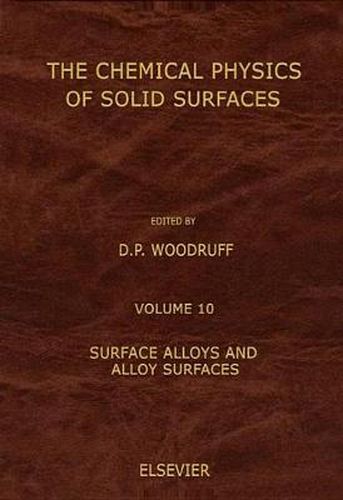Readings Newsletter
Become a Readings Member to make your shopping experience even easier.
Sign in or sign up for free!
You’re not far away from qualifying for FREE standard shipping within Australia
You’ve qualified for FREE standard shipping within Australia
The cart is loading…






6 ½ X 9 7/16 in ctural, compositional, electronic and chemical properties of the surface s of solids in which the surface layers, at least are alloyed. Two diffe rent categories of system are covered - the surfaces of bulk alloys (all oy surfaces) and surface phases in which one or more outermost atomic la yers are alloyed, while the underlying bulk involves no such intermixing (surface alloys). Importance of Topic The surfaces of bulk alloys have long been known to be of practical interest for their chemical propertie s. It has also long been known that the surface composition of such allo ys commonly differs from that of the underlying bulk. However, our under standing of these chemical and physical phenomena is far from complete a nd the application of surface science methods to investigate these pheno mena is a manifestation of a general trend to study the surfaces of incr easing complexity.
$9.00 standard shipping within Australia
FREE standard shipping within Australia for orders over $100.00
Express & International shipping calculated at checkout
6 ½ X 9 7/16 in ctural, compositional, electronic and chemical properties of the surface s of solids in which the surface layers, at least are alloyed. Two diffe rent categories of system are covered - the surfaces of bulk alloys (all oy surfaces) and surface phases in which one or more outermost atomic la yers are alloyed, while the underlying bulk involves no such intermixing (surface alloys). Importance of Topic The surfaces of bulk alloys have long been known to be of practical interest for their chemical propertie s. It has also long been known that the surface composition of such allo ys commonly differs from that of the underlying bulk. However, our under standing of these chemical and physical phenomena is far from complete a nd the application of surface science methods to investigate these pheno mena is a manifestation of a general trend to study the surfaces of incr easing complexity.